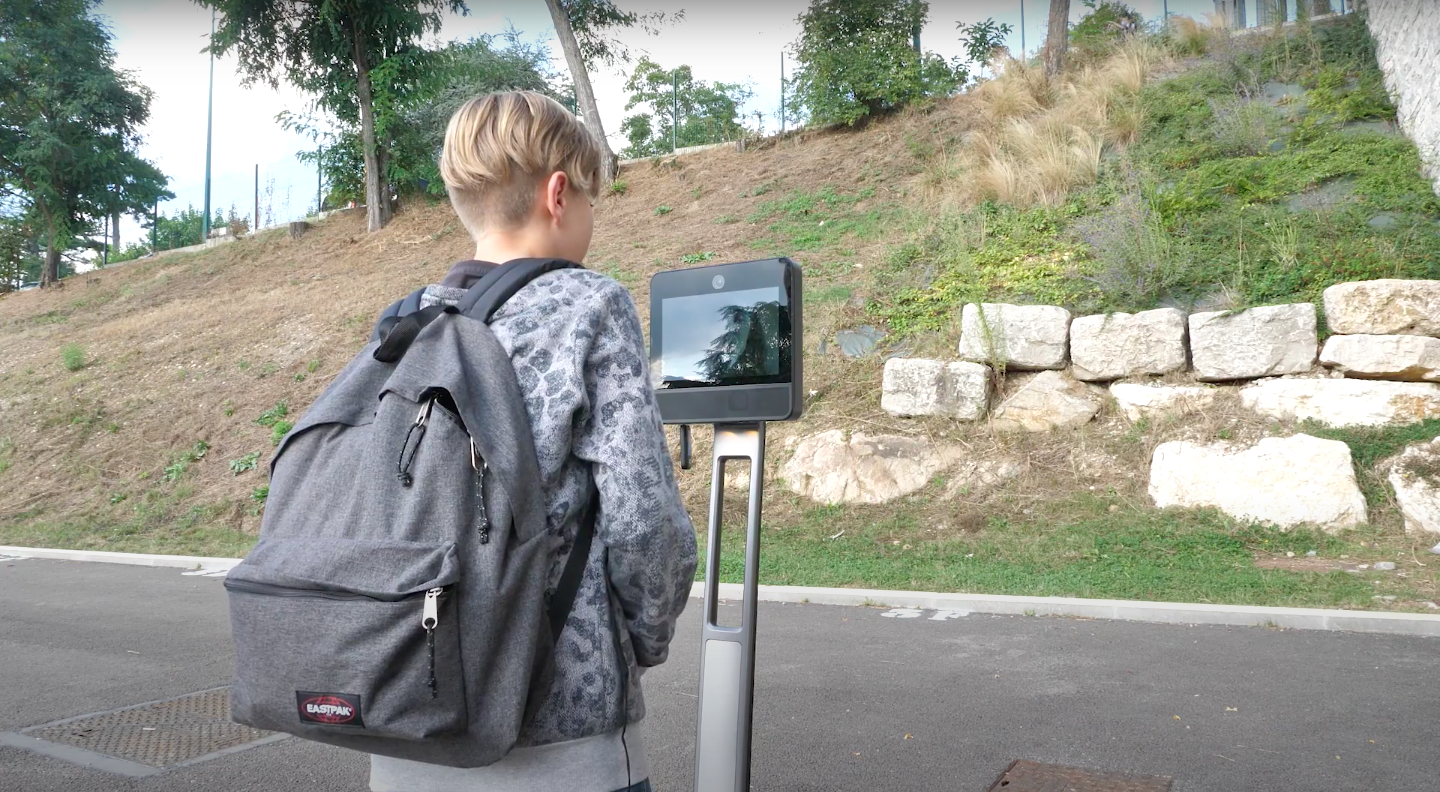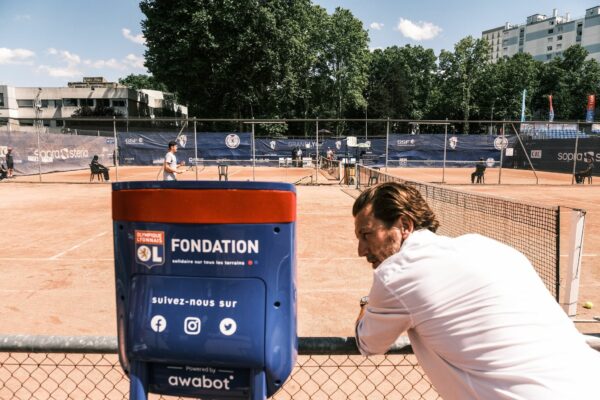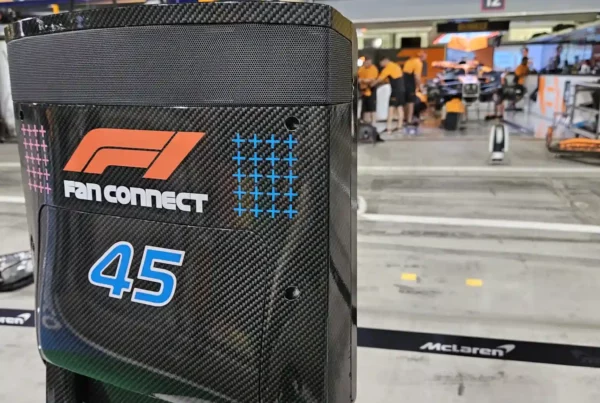When we talk about using robots, many people are skeptical at first, for fear that the machines will replace humans for example. At Awabot, this is far from our vision of telepresence robotics. On the contrary, our devices are designed to serve humans. And here are some of the challenges where telepresence could bring significant benefits.
1. Reduce Your Carbon Footprint with Telepresence
There are many lessons to be learned from the Covid-19 pandemic that emerged in 2019. Some of them are environmental. Indeed, the near-stop of the global economy had led to a dramatic drop in CO2 emissions. The main greenhouse gas had then experienced a historic decline of 7% in 2020, linked to containment measures implemented around the world, according to the Global Carbon Project (GCP) Annual Science Review 2020.
Aviation emissions had even fallen by 75%. However, despite the post-Covid “green” recovery plans, this was only an idyllic interlude for the climate. In 2021, emissions are back on the rise and show “no sign of the urgently needed decrease to limit warming to 1.5°C” according to the latest GCP report.

While the transport sector is the first emitter of greenhouse gases in France and the second worldwide after electricity production, telepresence robotics could well change the way we conceive our mobility and thus drastically reduce our travel. Let’s take the example of a CEO of a multinational company whose subsidiaries or factories are spread all over the world. For him, it is essential to go on site to manage his teams and guarantee the quality of the products or services sold by his company. Of course, video conferencing has become commonplace, but it does not replace a physical presence in many aspects. So how do you ensure that this executive doesn’t have to regularly fly from his company’s headquarters to one of its locations around the world? That’s where telepresence comes in.
Let’s say this CEO deploys telepresence solutions where he needs to go most often. No more traveling and increasing his carbon footprint each time he takes a flight. From now on, he can be present whenever he wants, connected from wherever he wants, with his employees or partners, even if they are thousands of kilometers away. And all this in just a few clicks, from his Beam® application installed on his computer. Today, with telepresence, he can move in the remote environment, interact and visualize what is happening on site.
2. Increase Employability through Telepresence
The unemployment rate for people with disabilities is 13%, compared to the national average of 7.4% for the entire French population, according to the Agefiph’s 2022 national “Employment and unemployment of people with disabilities” scorecard. While the hiring rate for these people has been rising for several years, much progress remains to be made.

Telepresence robots could make it less difficult for companies to recruit workers with disabilities. The installation of a telepresence device makes the premises more accessible to people with reduced mobility. The employee connects to the robot from home and is instantly in the office with his colleagues. He can even accompany them to the break room to enjoy the convivial time that lunch represents.
A detail that is not actually one, since it is this kind of informal moment that allows the full integration of a new employee, and ensures team cohesion in the long run.
Cantin Dumay can attest to the significant benefits of telepresence, as a device has accompanied him throughout his university career and has allowed him to hold the position of editorial assistant for a television program for over three years now:
”"The telepresence robot has significantly changed the way I interact with my colleagues and my approach towards the work environment. Indeed, the exchanges with my team members (at work as well as at the university) have multiplied thanks to the robot. It has allowed me to include myself in a few weeks much more than I have in the past two years."
Cantin Dumay, telepresence editorial assistant for H2O Productions
At the same time, this technology is an effective way to offset the record number of job vacancies. There are more than 370,000 of them in France, according to a study by the Dares, the Ministry of Labor’s Directorate for Research and Statistical Studies, a figure that continues to rise every six months. Companies could alleviate these recruitment problems by providing a telepresence robot. Installed on the premises, the latter allows a person to work remotely while having a real presence in the office. Telepresence robots are therefore a boon for both disabled workers who cannot find a job and companies that have difficulty attracting new talent.

3. Make Society More Inclusive
The job market is not the only area that can be made more inclusive by telepresence robotics. In fact, this type of device promotes accessibility in many environments. For example, illness can prevent students from attending class for extended periods of time. Through the national TED-i program, these young people can continue to attend classes from their family homes or hospital rooms.
This tele-education program, led by the French Ministry of Education and Youth, is the largest fleet of telepresence robots in the world on this scale. More than 1,750 Beam® robots have been deployed in mainland France and in the French overseas territories. This program not only guarantees equal opportunities for each student, but also facilitates the return to class.
A student who continues to be at school despite illness thanks to the telepresence robot is a student who continues to interact with his or her classmates and teachers, and therefore maintains the social link with them and keeps his or her bearings. This feeling of “double-peat” that the student may feel because of not only being physically affected by the illness, but also feeling isolated, is thus mitigated thanks to this pedagogical continuity provided by telepresence.
If telepresence robots are now part of the French educational system, they can also be found in less conventional settings. You may have seen them around a soccer stadium, on the ground of a tennis court, on the parquet floor of a basketball court or even near the motorhomes of F1 teams.
Telepresence has become more and more popular in the sports world over the last few years. It makes this world more inclusive by giving young people who are prevented from attending international sporting events, due to illness or disability, a privileged access. An enchanted parenthesis that offers them the opportunity to escape for a moment from their daily life in the middle of white coats and aseptic rooms.
Telepresence robots are much more than just mobile videoconferencing tools. Telepresence provides concrete answers to major societal challenges such as decarbonization, employability and inclusion. And all this while being itself an easy-to-use technology accessible to all. A computer, a robot and a good connection are all it takes to make big changes!










